 TOKYO -- The Japanese Ministry of Agriculture, Forestry and Fisheries will revise its policy on releasing "stockpiled rice" only during poor harvests, to include other times when smooth distribution is disrupted. But what is stockpiled rice in the first place, and where does it end up after its role is fulfilled? While rice is a familiar staple in Japan, there are many unknown aspects to the reserves.
TOKYO -- The Japanese Ministry of Agriculture, Forestry and Fisheries will revise its policy on releasing "stockpiled rice" only during poor harvests, to include other times when smooth distribution is disrupted. But what is stockpiled rice in the first place, and where does it end up after its role is fulfilled? While rice is a familiar staple in Japan, there are many unknown aspects to the reserves.
1 million tons, managed through rotation
Stockpiled rice refers to rice intended for human consumption that is stored by the government to prepare for potential food crises such as those resulting from poor domestic crops, but its history is surprisingly short.
Triggered by the so-called "rice crisis of the Heisei era" due to a bad crop in 1993, the staple food law, established the following year, mandated securing necessary quantities of rice to prepare for shortages.
About 1 million metric tons of rice is stored in warehouses and facilities of private companies nationwide, close to production areas, in order to diversify risks. This is the supposed amount with which the government can respond to situations such as a once-in-a-decade bad harvest or two consecutive years of moderately poor yields.
Reserves are managed through rotation. The government places bids multiple times from January before sowing to purchase about 200,000 tons of rice to be harvested in the fall.
$308 million annual cost for 'peace of mind'
Meanwhile, stockpiled rice carried over for five years is sold to compound feed manufacturers and eventually reaches livestock farmers as feed. The old rice that has been sold is replaced with new purchases.
This system is not cheap to maintain. In fiscal 2023, the storage cost was about 14.2 billion yen (around $91.3 million). After deducting the purchase cost from the amount obtained by selling rice whose value decreased after five years, the deficit exceeded 30 billion yen ($193 million). Combining these, the total annual cost of about 47.8 billion yen can be seen as the price of "peace of mind" for rice shortage scenarios.
Buying from major production areas
From where does the government purchase rice to stock? According to the agriculture ministry, the top three prefectures for stockpiled rice in 2024 were Fukushima with 26,313 tons, Niigata with 24,499 tons and Aomori with 24,416 tons, all major rice producers.
Well-known varieties like "Koshihikari" are included, and the rice is kept in a strictly quality-controlled environment, using air conditioning to keep the temperature below 15 degrees Celsius.
"Even stockpiled rice for emergencies must not be of inferior quality. We ensure quality through strict management during storage," said a representative from the ministry's Crop Production Bureau Policy Planning Division.
While it is fortunate if the rice reserves don't need to see their "turn," it seems wasteful for quality rice to end its role without reaching the dining table. However, the use of stockpiled rice is legally limited to when production drops significantly.
There has been no release of stockpiled rice due to poor harvests in recent years, but some 40,000 tons were supplied to distributors affected by the 2011 Great East Japan Earthquake, and it was also used in the wake of the 2016 Kumamoto earthquakes.
However, ever since last summer's "rice crisis of the Reiwa era," caused by multiple non-harvest-related factors such as panic-buying due to a Nankai Trough earthquake advisory that overlapped the transition to the release of new rice, prices have remained high.
As if addressing consumer dissatisfaction, agriculture minister Taku Eto expressed at a Jan. 24 press conference the idea of allowing the sale of stockpiled rice on the condition that the government will purchase the same quantities in the future, and the ministry decided Jan. 31 to revise the operation. An official explained, "Conditional sales are unprecedented and may be unusual, but ensuring a stable supply of rice is the government's responsibility."
The ministry representative added, "The main role of rice reserves is during poor harvests, but we are also working on effective uses beyond that." As a way to promote understanding of the stockpile system and as food education, the government has been providing some stockpiled rice free of charge for school lunches since fiscal 1998. In fiscal 2020, in response to the suspension of school lunches due to the coronavirus pandemic, "children's cafeterias" and "children's home meals" programs, which provide meals to children for free or at low cost, were added to the list of rice reserve recipients.
(Japanese original by Shu Hatakeyama, Digital News Group)


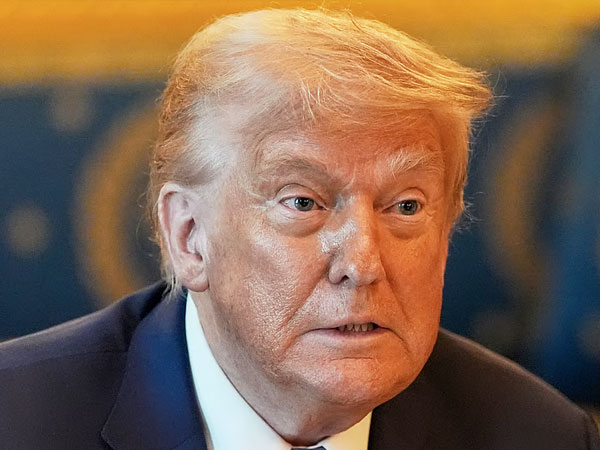


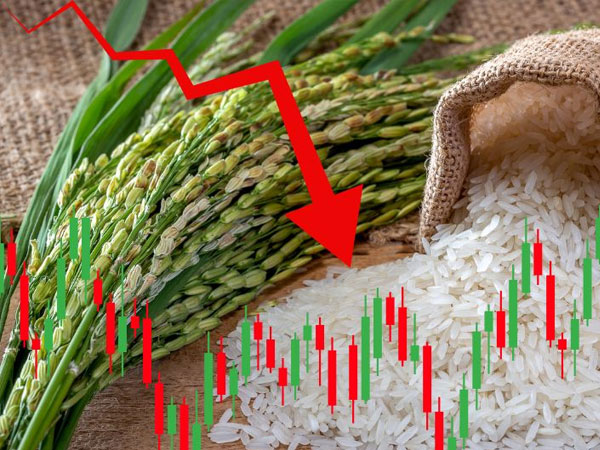
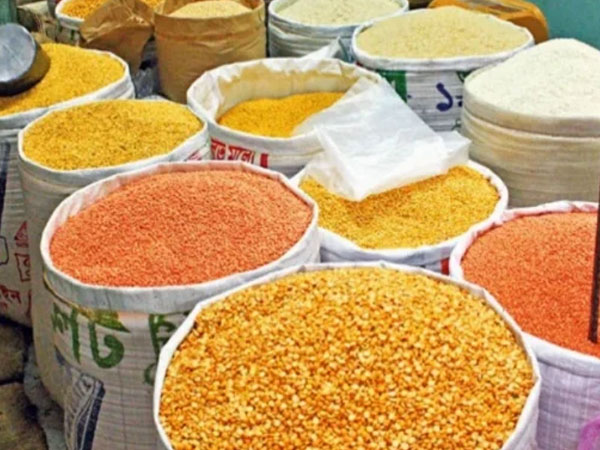
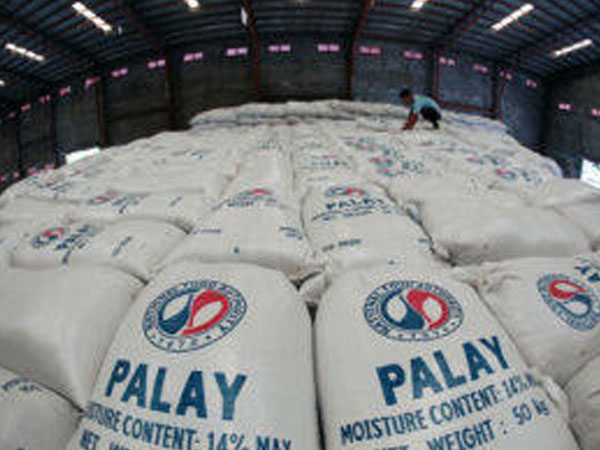

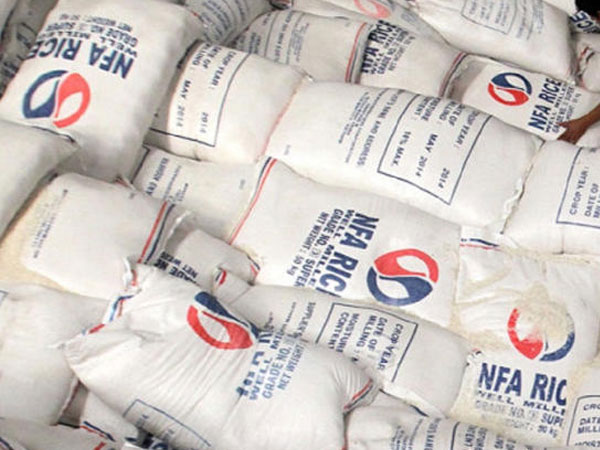
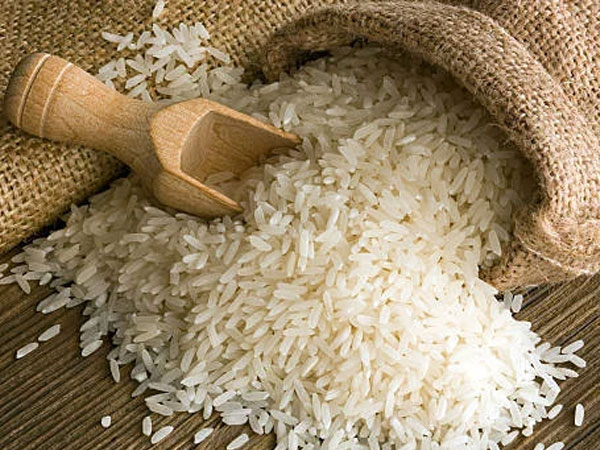


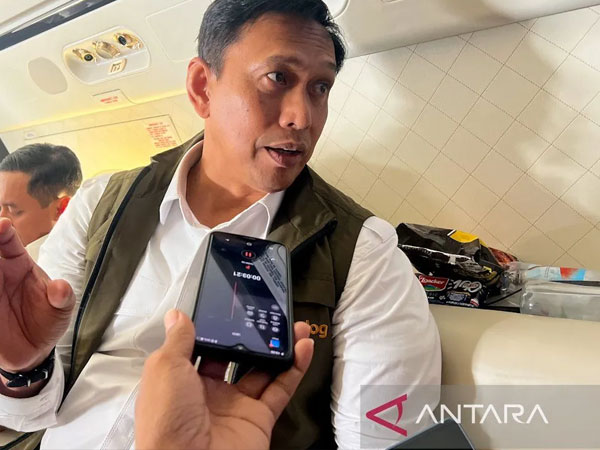
© Copyright 2025 The SSResource Media.
All rights reserved.